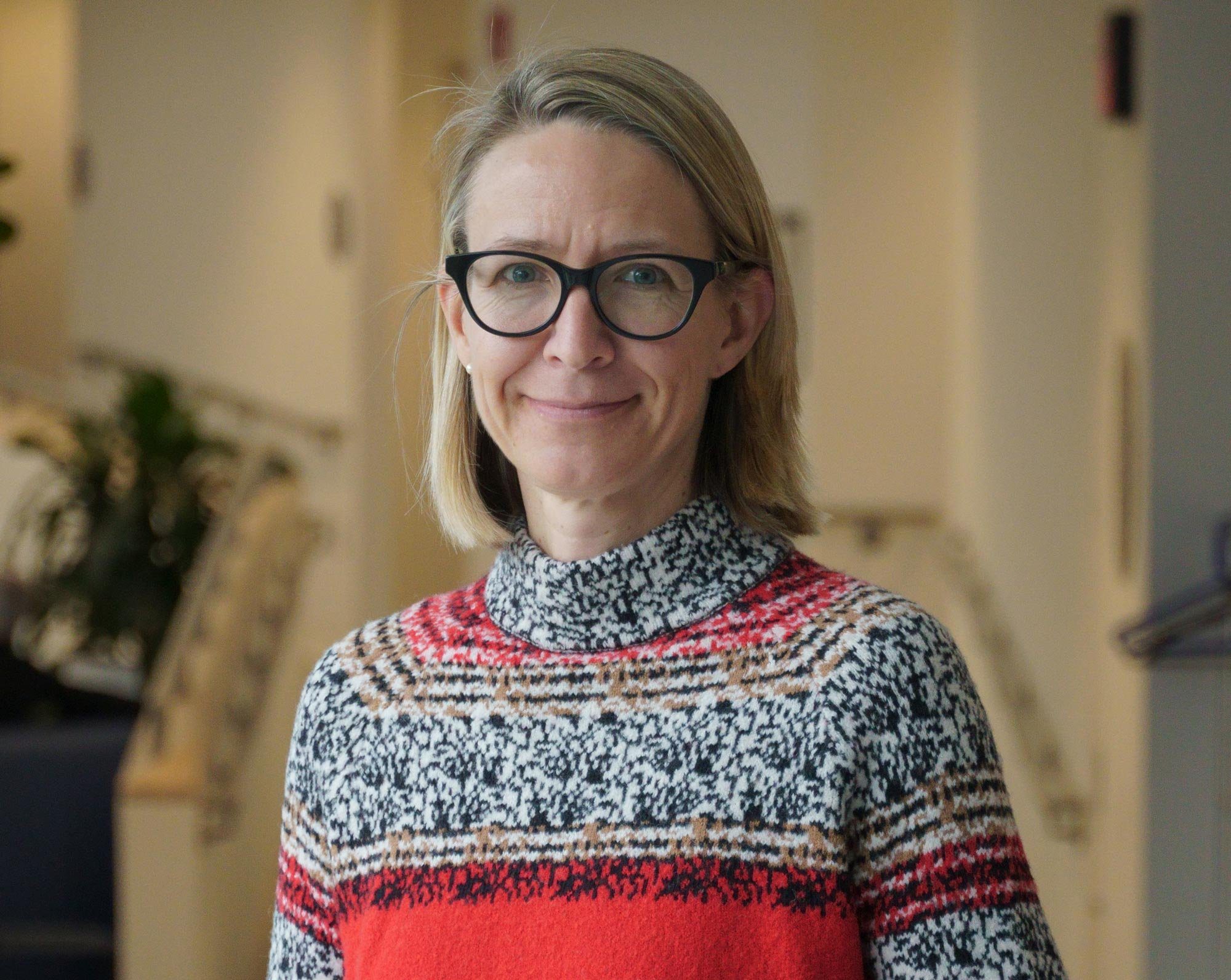What Are You Thinking About?
A new energy landscape in the decade ahead.
Why Is This Interesting to You?
Meeting the climate challenge means making significant changes to our daily lives. One important component of that change is our energy landscape.
Shifting from coal, gas, and natural gas toward cleaner renewables will require building new infrastructure. Currently, three electricity grids supply most of the U.S. Upgrading our infrastructure will involve adding microgrids. These smaller systems can be disconnected from the larger grids when necessary and should improve reliability. For people in the Midwest, home heating will shift from primarily natural gas toward electricity. More and more, geothermal systems for heating and cooling are likely for our region. Planners will be thinking about how geothermal districts can serve downtowns and neighborhoods. Local utilities will need to rethink their business model and accept decentralized energy production. In 10 years, more vehicles will need to plug in versus gas up. While electric vehicles are a cleaner alternative, planners, architects, and urban designers will need to keep transit and multifamily dwellings at the center of development discussions.
What Are the Implications?
Planners often see their role as serving the public good by enforcing regulations. However, the rapid changes needed in the next decade will require examining what rules and regulations still make sense. For example, some cities are rethinking single-family zoning. I hope we will be restarting discussions about high-speed rail because creating a line between Toronto, Detroit, and Chicago would bring many benefits. Planners will help shape this new energy landscape, which brings the opportunity for creative problem solving and a responsibility to serve and engage with all members our communities.
Larissa Larsen is the chair of the urban and regional planning program and an associate professor of urban and regional planning. Her research focuses on the urban environmental problems of extreme heat/urban heat islands, water pollution and infrastructure, and stormwater flooding. In her research, she documents the magnitude of these environmental problems and tests the effectiveness of different design and policy interventions.





